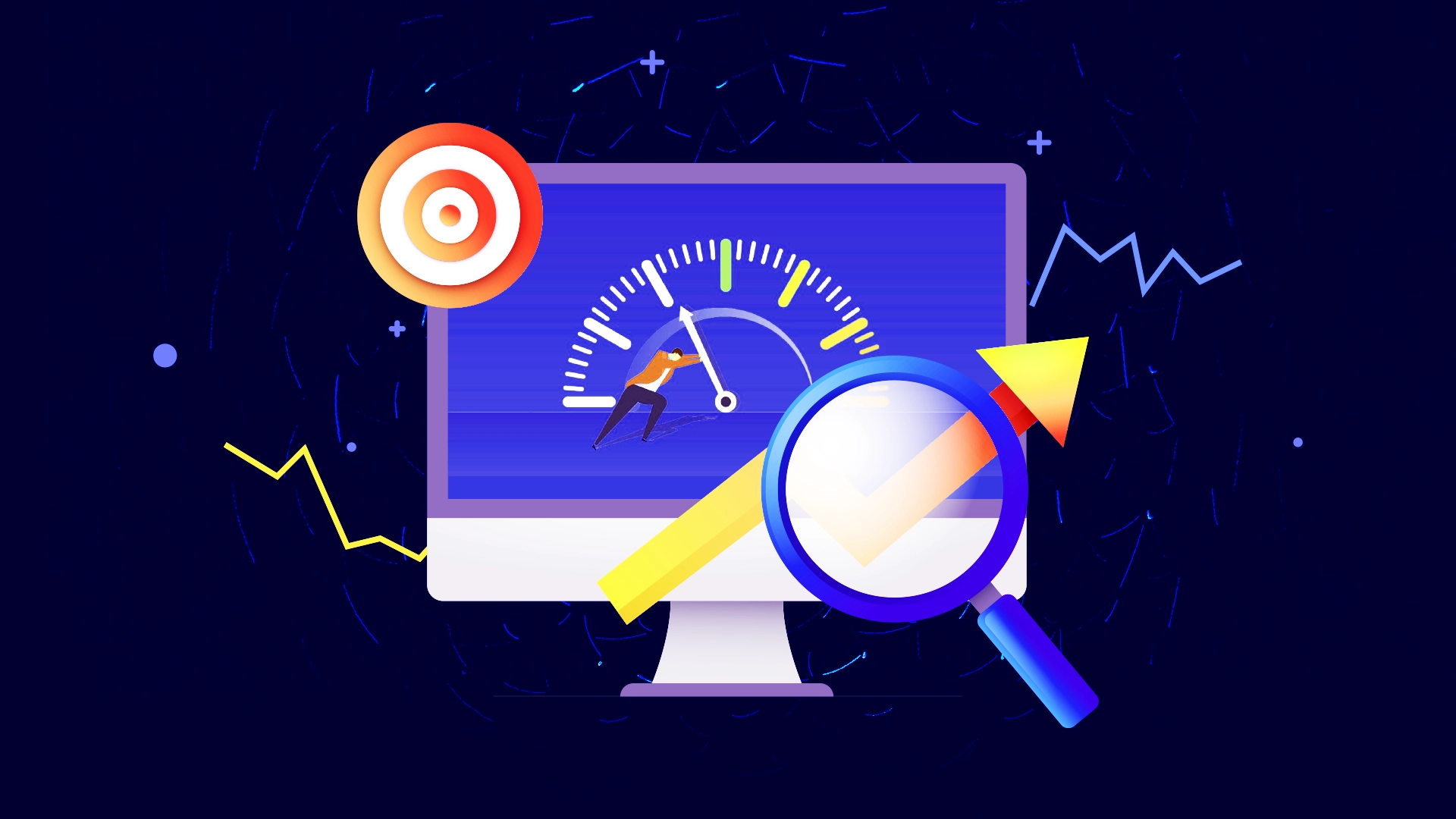In the fast-paced digital world, website performance plays a crucial role in user experience, search engine rankings, and overall business success. A slow-loading website can lead to frustrated visitors, higher bounce rates, and a drop in search engine rankings. On the other hand, a fast Techniques and Best Practices for Faster Loading website can significantly improve user engagement, conversion rates, and organic traffic. In this article, we will explore essential techniques and best practices to optimize website performance for faster loading

Image Optimization
Images are often the heaviest elements on a website, and they can significantly slow down its loading speed. To optimize images, follow these best practices:
- Use the appropriate image format (WEBP Thumbnail , JPEG for photographs, PNG for graphics) and compression to reduce file sizes without compromising quality.
- Resize images to fit their display dimensions on the website, rather than using larger images and relying on CSS to scale them down.
- Leverage lazy loading to load images only when they come into the user’s viewport, reducing the initial page load time.
Minimize HTTP Requests
Each element on a webpage, such as images, scripts, and stylesheets, requires an HTTP request to load. Minimizing these requests can drastically improve loading speed. Here’s how:
- Combine multiple CSS and JavaScript files into a single file each to reduce the number of HTTP requests.
- Use CSS sprites to combine multiple small images into a single larger image, reducing the number of image requests.
- Employ asynchronous loading for non-essential scripts, allowing the page to load without waiting for these scripts to complete.
Enable Browser Caching
Leverage browser caching to store certain elements of your website on a visitor’s device. This way, the next time they visit your site, their browser can retrieve the cached elements instead of downloading them again, leading to faster loading times
Content Delivery Network (CDN)
A CDN is a network of servers located in various geographical locations, ensuring that your website content is delivered from the server nearest to the user’s location. This reduces latency and decreases loading times for visitors across the globe.
Optimize CSS and JavaScript
Large and unoptimized CSS and JavaScript files can hinder website performance. To optimize these:
- Minify CSS and JavaScript files by removing unnecessary characters and white spaces.
- Utilize Gzip compression to reduce the file size of these resources before they are sent to the user’s browser.
- Place CSS at the top of the page and JavaScript at the bottom to prioritize rendering of content over scripts.
Use a Content Management System (CMS) Wisely
If your website runs on a CMS, be mindful of the plugins and extensions you install. Excessive plugins can slow down your website. Regularly review and deactivate unnecessary plugins to keep your site lean and fast.
Mobile Optimization
With the increasing number of mobile users, mobile optimization is crucial for website performance. Ensure your website is responsive, meaning it adapts seamlessly to various screen sizes. Optimize images and implement mobile-specific CSS to enhance the mobile user experience.
Conclusion
A fast-loading website is essential for retaining visitors, improving user experience, and boosting search engine rankings. By implementing the techniques and best practices mentioned in this article, you can significantly optimize your website’s performance and provide a seamless experience for your users. Remember, a well-optimized website not only improves your online presence but also contributes to the success of your business in the digital realm.
Ready for a successful tech journey? Contact us at All Star Tech today. Our team provides comprehensive services for software development, web design, and all tech-related endeavors. Let’s transform your ideas into reality with expert guidance. Reach out now; we look forward to hearing from you! Contact us at AST.




